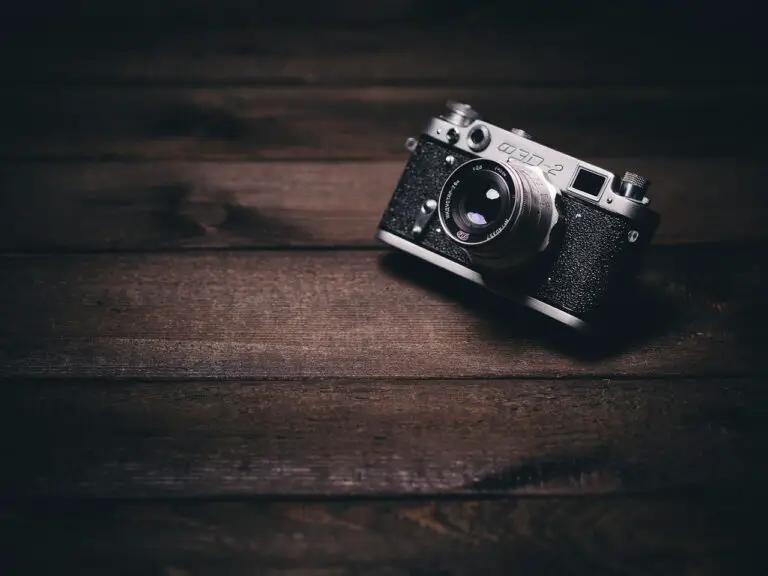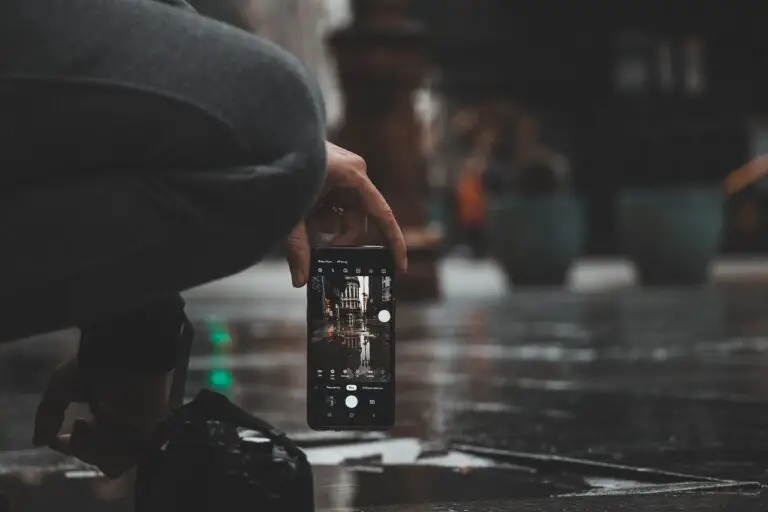What Is Noise In Photography
Photographys Noisy Nightmare: Unwanted Visual Distortion
Noise in photography refers to the unwanted visual distortion or graininess that often occurs in digital images. It is caused by random variations in brightness and color information due to electronic interference or limitations of the camera sensor. Noise becomes more prominent in low-light conditions or when capturing images at high ISO settings.
Understanding Noise in Digital Images: Luminance vs. Chrominance
There are two main types of noise present in digital images: luminance noise and chrominance noise. Luminance noise, also known as grayscale noise, affects the overall brightness and contrast of a photo. It appears as random grain-like patterns or speckles throughout the image. On the other hand, chrominance noise primarily affects the color accuracy and appears as colored specks or splotches.
Noises impact on image quality
Noise can have a significant impact on the quality and clarity of an image. Higher levels of noise can result in reduced sharpness, diminished detail, and a loss of overall image quality. It can also be distracting, drawing attention away from the subject. As a photographer, it is essential to understand noise and its causes to minimize its presence and produce high-quality images.
Reducing Noise: Photographers Guide
There are steps photographers can take to reduce noise in their images. Shooting in optimal lighting conditions, using lower ISO settings, and employing techniques like long exposures, bracketing, or image stacking can all help in reducing noise. Additionally, using noise reduction software in post-processing can be effective in minimizing noise without significantly compromising image quality. Understanding the causes of noise and employing appropriate techniques can lead to cleaner and sharper images.








